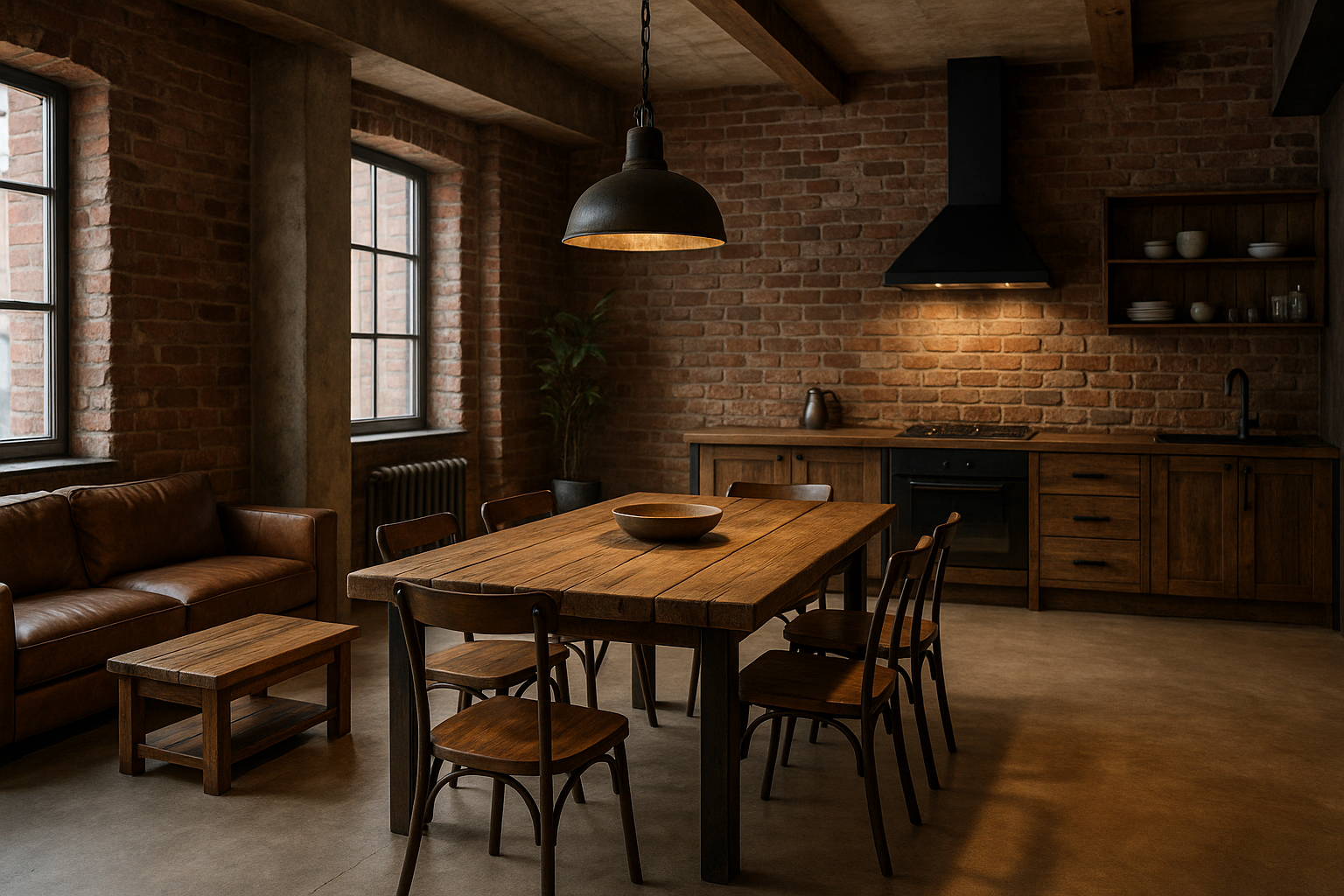A Complete Guide to Buying and Selling Used Furniture
Finding quality used furniture can transform your living or working space while keeping costs manageable. Whether you're furnishing a first apartment, upgrading your office, or simply looking for sustainable alternatives to new purchases, the secondhand furniture market offers countless options. From vintage treasures to gently used modern pieces, understanding how to navigate this market helps you make smart decisions that balance quality, style, and budget.

The market for pre-owned furniture has grown significantly in recent years, driven by both economic considerations and environmental awareness. Shoppers today recognize that quality furniture often maintains its functionality and aesthetic appeal long after its first owner, making secondhand options an attractive choice for homes and offices alike.
Why Choose Used Furniture Over New Purchases
Purchasing pre-owned furniture delivers multiple benefits beyond cost savings. Quality pieces from established manufacturers often feature superior construction compared to budget-priced new items. Solid wood frames, dovetail joinery, and quality upholstery materials stand the test of time, making older pieces worthwhile investments. Additionally, buying secondhand reduces environmental impact by extending product lifecycles and decreasing demand for new manufacturing. Many shoppers also appreciate the character and uniqueness that vintage or antique pieces bring to their spaces, creating interiors with personality that mass-produced items cannot replicate.
Where to Find Quality Used Home Furniture
Multiple channels exist for sourcing pre-owned home furnishings. Online marketplaces connect buyers with local sellers, allowing you to browse extensive inventories from your device. Dedicated resale shops often curate their selections, providing quality assurance and sometimes limited warranties. Estate sales and auctions present opportunities to acquire higher-end pieces at competitive prices, though these venues require more time investment and quick decision-making. Consignment stores offer another reliable option, typically inspecting items before acceptance and maintaining organized showrooms. Community groups and neighborhood apps facilitate direct peer-to-peer transactions, often yielding the best prices for both parties. Each source presents distinct advantages regarding selection, pricing, convenience, and quality assurance.
Selecting Used Office Furniture for Professional Spaces
Outfitting offices with pre-owned furniture requires attention to functionality, durability, and professional appearance. Desks should provide adequate workspace and storage while maintaining structural integrity. Examine drawer mechanisms, surface conditions, and stability before purchasing. Office chairs demand particular scrutiny since ergonomic support directly impacts productivity and health. Test seating for comfort, adjustability, and any signs of wear that might compromise support. Filing cabinets, conference tables, and storage solutions should align with your organizational needs while presenting a cohesive professional image. Many businesses upgrade their furnishings regularly, creating opportunities to acquire quality commercial-grade pieces at substantial discounts. Purchasing from office liquidation sales or specialized commercial resellers often yields the best selection of professional-grade items.
Understanding Pricing in the Secondhand Furniture Market
Pricing for pre-owned furniture varies widely based on condition, brand, age, materials, and local market dynamics. Generally, common household items like basic dining chairs might range from 20 to 100 dollars depending on condition and style. Mid-range sofas in good condition typically sell between 200 and 800 dollars, while designer or high-end pieces may command 1000 dollars or more. Office desks generally range from 50 to 500 dollars based on size, materials, and features. Antique or vintage items follow different pricing models, often appreciating based on rarity, provenance, and collector demand.
| Item Category | Typical Price Range | Condition Factors |
|---|---|---|
| Dining Chairs | 20-100 dollars each | Structural integrity, upholstery condition |
| Sofas/Couches | 200-800 dollars | Fabric condition, frame quality, cushion firmness |
| Office Desks | 50-500 dollars | Surface condition, storage features, size |
| Bedroom Dressers | 75-400 dollars | Drawer function, finish quality, hardware |
| Bookcases | 30-250 dollars | Stability, shelf adjustability, material quality |
Prices, rates, or cost estimates mentioned in this article are based on the latest available information but may change over time. Independent research is advised before making financial decisions.
Inspecting Furniture Before Purchase
Thorough inspection protects you from costly mistakes when buying secondhand. Examine all structural components, testing joints, legs, and frames for stability. Drawers should slide smoothly without sticking or falling off tracks. Upholstered items require careful assessment for stains, odors, tears, and sagging. Lift cushions to inspect frames and springs underneath. Wood furniture should be checked for water damage, pest infestation, and finish condition. Scratches and minor wear often add character, but structural damage or pervasive odors may prove difficult or expensive to remedy. Always measure pieces before purchasing to ensure they fit your intended space, and consider transportation logistics for larger items.
Cleaning and Restoring Secondhand Pieces
Most pre-owned furniture benefits from cleaning and minor restoration before use. Wood surfaces respond well to appropriate cleaners and polishes that restore luster without damaging finishes. Upholstered items should be thoroughly vacuumed and may benefit from professional steam cleaning, especially if odors are present. Simple repairs like tightening screws, replacing drawer pulls, or touching up scratches significantly improve appearance and functionality. For more extensive restoration projects, weigh the cost of materials and labor against the item’s value and your attachment to it. Sometimes a fresh coat of paint or new upholstery transforms an ordinary piece into a custom statement item that perfectly suits your style.
Conclusion
The secondhand furniture market offers practical, economical, and environmentally conscious solutions for furnishing homes and offices. By understanding where to shop, how to evaluate quality, what pricing to expect, and how to restore pieces, you can furnish your spaces with character and value. Whether you seek vintage charm, budget-friendly basics, or quality commercial pieces, the pre-owned market provides options that new furniture retailers cannot match. With careful selection and proper care, secondhand furniture serves reliably for years while contributing to more sustainable consumption patterns.




